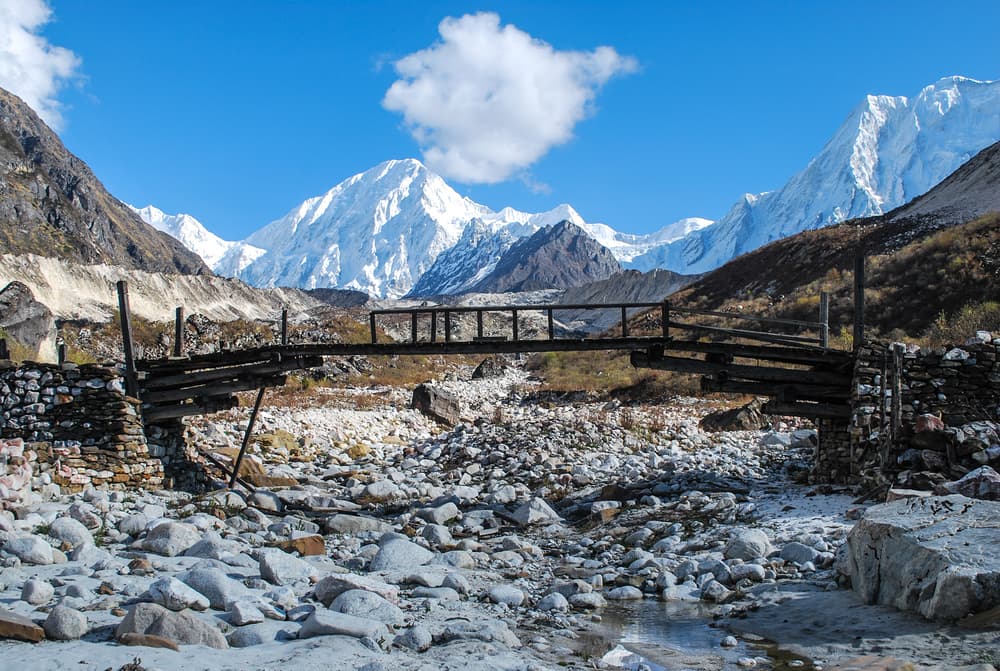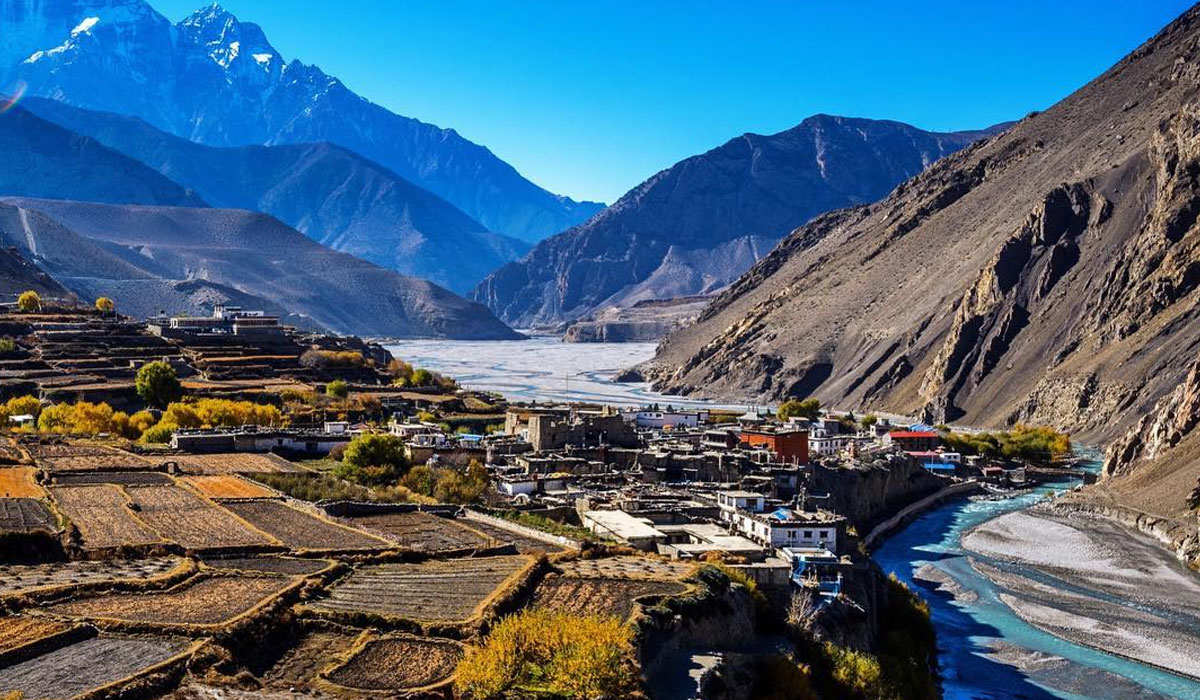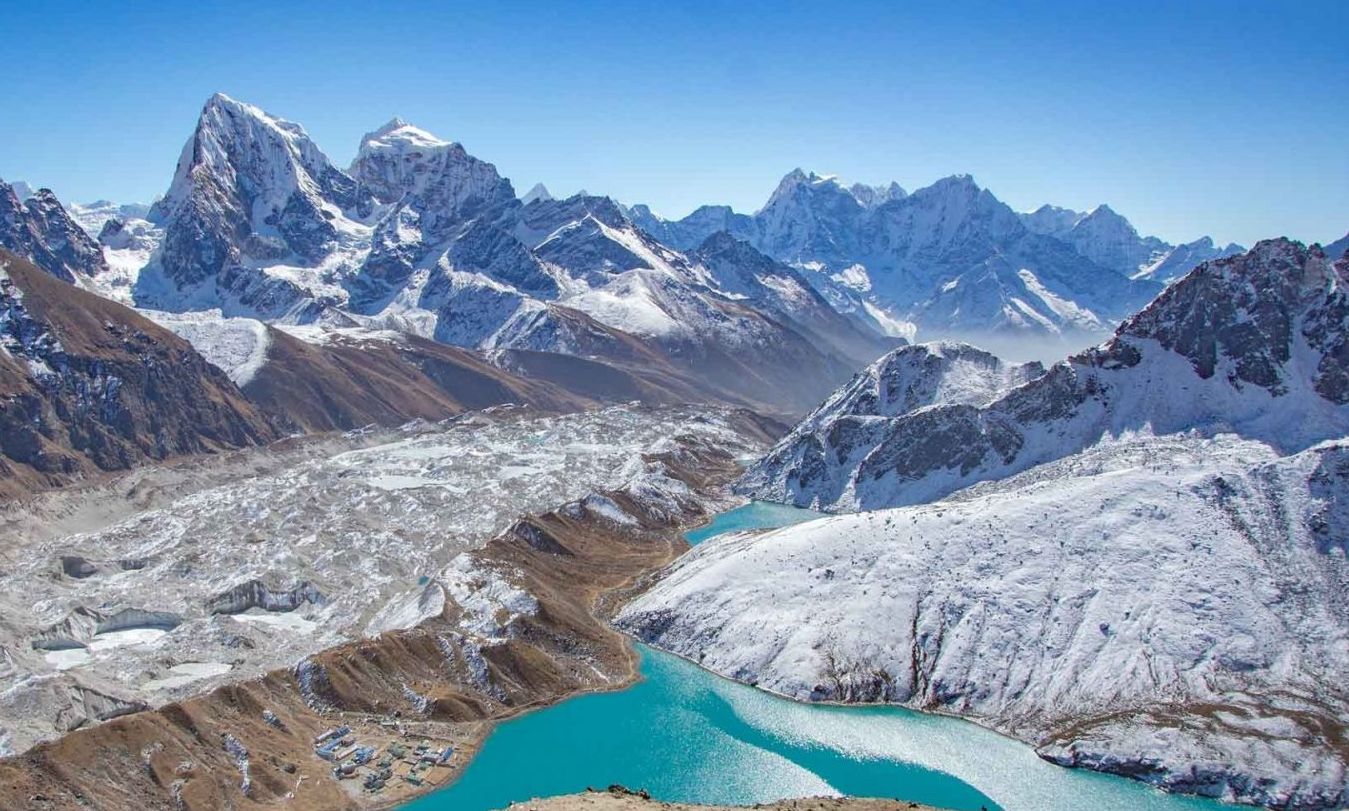Everest Base Camp (EBC) trek Overview
The Everest Base Camp (EBC) trek is one of the most iconic and rewarding trekking experiences in the world. Located in the heart of the Khumbu region of Nepal, this legendary trail leads you to the foot of the world’s highest mountain, Mount Everest (8,848.86 meters). Starting from Lukla, the trail winds through picturesque Sherpa villages like Namche Bazaar, Tengboche, and Dingboche, offering breathtaking views of Himalayan giants such as Lhotse, Nuptse, Ama Dablam, and of course, Everest itself.
This 12 to 14-day journey is more than just a trek—it’s an adventure through diverse landscapes ranging from lush green forests and suspension bridges over roaring rivers to barren alpine terrain and glacial moraines. One of the highlights of the trek is reaching Kala Patthar (5,545 meters), a viewpoint that offers the best panoramic view of Mount Everest and the surrounding peaks, especially during sunrise.
The cultural aspect of the EBC trek is equally enriching. You’ll get to explore ancient Buddhist monasteries, interact with the warm and hospitable Sherpa people, and learn about their mountain lifestyle and spiritual connection to the Himalayas. Tengboche Monastery, the largest in the region, is a must-visit spiritual site along the trail, surrounded by snowy peaks.
Trekking to Everest Base Camp is a physical challenge that requires good fitness and proper acclimatization, but it doesn’t demand technical climbing skills. With proper preparation, support from experienced guides and porters, and a sense of adventure, anyone with determination can complete this bucket-list journey. Whether you’re an avid trekker or a nature enthusiast, the EBC trek promises memories and views that will last a lifetime.

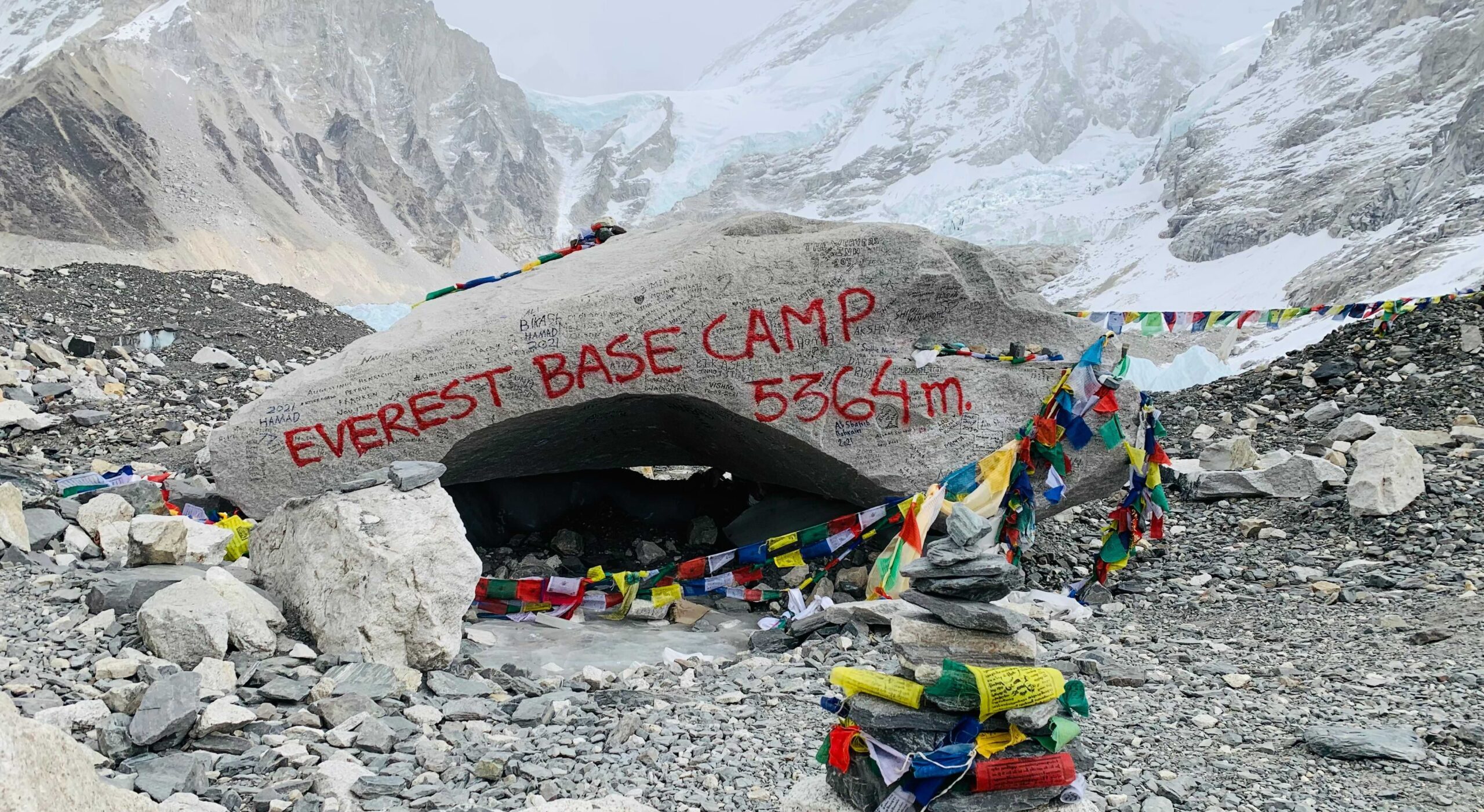

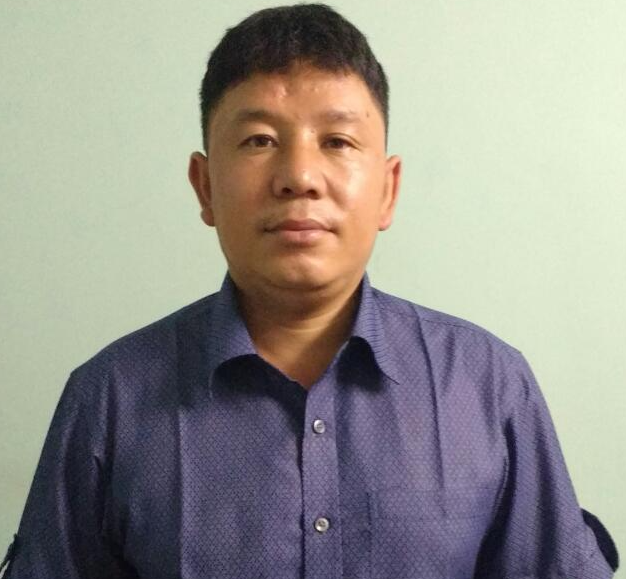 Have Questions?
Have Questions?
